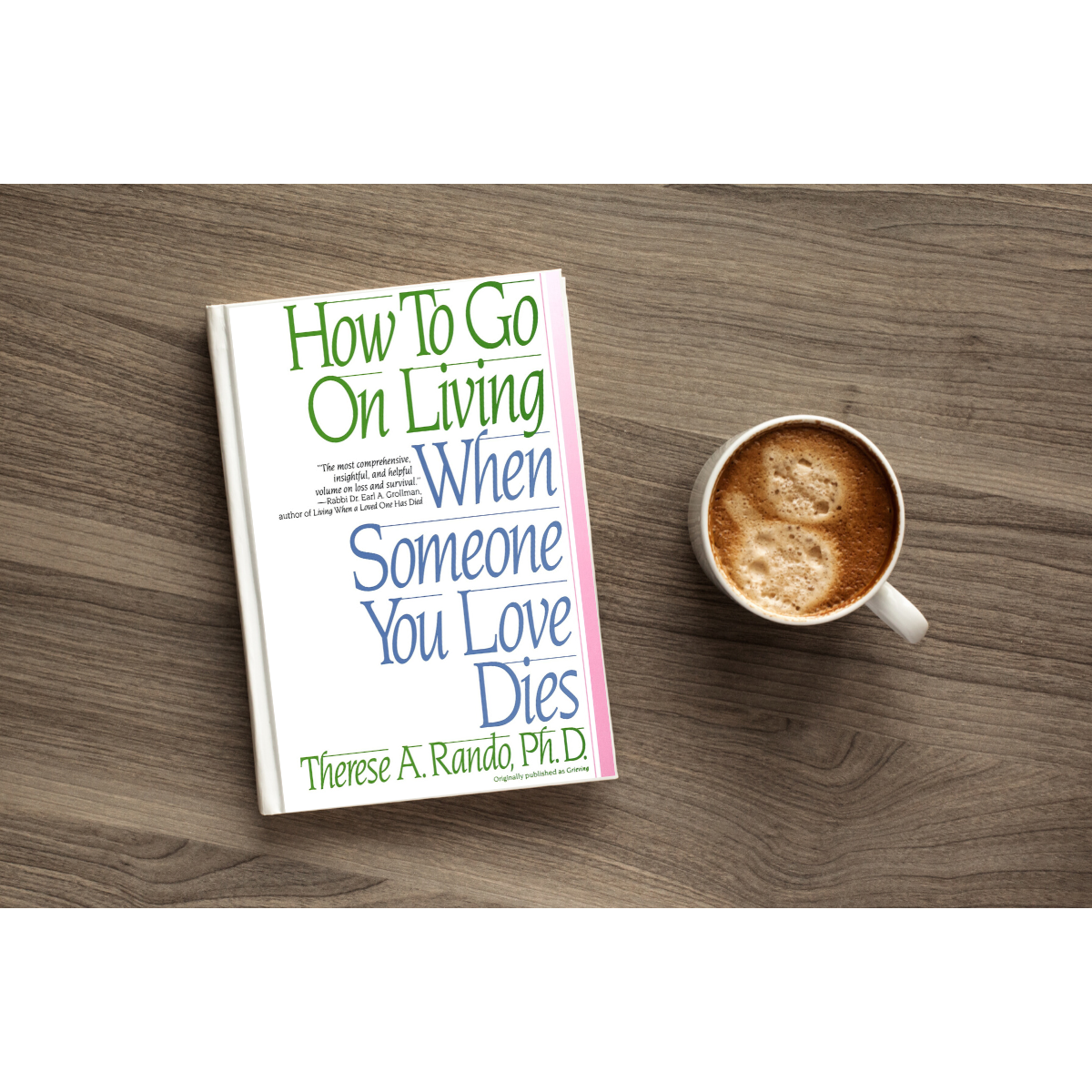Give InKind’s Care Calendar helps answer the central question of how to give or receive support. Wanting to help and knowing what to do, do not necessarily align perfectly. This is a gentle reminder that those in grief are always grateful for those who enter their world – however imperfectly. Here, we consider how to set up a Give InKind support page for someone who has recently lost a loved one to suicide.
Getting Started
Providing broad guidance about how to support someone who is grieving as a result of the suicide of a loved one is difficult. No two experiences will be the same. Emotional responses will be complicated. We hope that providing a roadmap to identify specific ways to offer concrete means of assistance that will encourage organic conversation. This guide is intended to serve only as a starting point from which individual family circumstances can be defined and addressed by members of their caring communities. Begin by identifying a close friend in a position to speak with the bereaved about what needs they have, and how their community can offer meaningful assistance (see a sample Give InKind Support Page for someone coping with the loss of a loved one to suicide).
Care Calendar
The family situation of the bereaved will frame a starting point for discussion. The people who need support will likely be defined by the age of the person lost to suicide. If the person who died was a teenager or a young adult, their parents may be your primary recipients. If there are siblings who are grieving, they too will be in need of support. If the person was older, a spouse and younger children may need a high level of logistical support. Use the Care Calendar to add as many actionable items that are needed to help care for any combination of the bereaved.
In the case of suicide, people have variable preferences for sharing the cause of death. Some people want to destigmatize suicide and wish to be public about it. Others do not wish to share the cause of death because they must first make sense of it. Make sure to assess the preference as stated by the family and give clear guidance on this point.
- Food: Meals and groceries for the family are always among the most popular calendar items. Providing food tends to be of particular importance to a bereaved spouse with children still at home. Or, if an extended family has gathered to mourn the loss of a younger person. If a family in grief is likely to be receiving visitors, making sure that they have easy-to-offer cookies and tea is nice. Consider whether there are any food allergies, preferences, or aversions. Are groceries necessary? If there are children, you may want to also include healthy snacks in grocery or food drop-offs.
- Childcare: (If applicable) You can easily build children’s schedules into the Care Calendar. A bereaved parent may need space to navigate new emotional and/or legal terrain. If the loss was unexpected, the shock is difficult to absorb. Sign-ups may include things like extracurricular activities, fun excursions, sleepovers, and more. Keep in mind that, although many parents want a break, some find it grounding to be with their children. We recommend checking-in to see how these offers of assistance are feeling in real life.
- Adult/Senior Care: If the circle of the bereaved includes an older parent/grandparent to surviving grandchildren, there may be additional support to take into consideration like prescription refills, rides to/from doctor appointments, or getting to/from religious services.
- Pet Care: (If applicable) Are there pets to care for? It may be helpful to make temporary arrangements for necessary dog walks, feedings, or pet-sitting.
- Home Services: From maintenance appointments to helping with chores around the house, use this category for any home services that they may feel like too much. Consider laundry services, house cleaning, or friends coming over to help with the deceased’s belongings.
- Other: “Other" is the ultimate catch-all category. This is a great way to create opportunities for connection that can sometimes get lost in the shuffle of a crisis. “Other" can be used for general support. Establish a schedule where younger survivors (siblings, for example) can have regular check-ins with friends, cousins, etc. These can occur by phone or in-person. Depending on ages, a beer out somewhere, a game of pool, or an X-Box + popcorn + soda party can be a welcome respite.
Fundraising
People will have different financial circumstances. If there is such a need, simply enable the fundraising button on your Give InKind page and connect your PayPal and/or GoFundMe account.
Wishlist
The Give InKind Wishlist is another opportunity for others to meaningfully support a person who lost their loved one. Browse Give InKind’s curated list for suggested items that could help in their unique situation. When you see an item that could be helpful, use the “+" icon to add to their Wishlist.
You may also add an existing Amazon Wishlist to your Give InKind page.
Communication Preferences
Use Give InKind’s do-not-disturb section to let others know about the recipient’s communication preferences. Keep in mind that these preferences can be easily turned on or off as a situation changes.
- Phone Calls: Does the recipient want to communicate with others? If so, what is the best way for others to reach out – a phone call or text? Asking about preferences lets them know they are being thought of even if they aren’t always up for talking.
- Visitors: Does the recipient mind visitors or would they prefer some alone time?
- Flowers: Is the recipient open to receiving flowers, either at home or for a funeral/celebration of life service? Flowers represent different things to different people, so we recommend asking what their preference is.
Updates
Add unlimited updates to keep friends and family informed. If the surviving family members do not wish to communicate by phone or text, this is a great place to designate a third-party to act as the family spokesperson for updates. Grief and loss will be experienced in completely different ways by individual survivors. A support system helps to create a space for them to process their feelings. This is invaluable. Create your Give InKind Support Page here.
If you have any further questions, visit Give InKind’s Help Center or view our helpful articles about the loss of a loved one to suicide.
Helpful Products
Give InKind does not provide medical advice, diagnosis, or treatment. We have an affiliate relationship with many of the advertisers on our site, and may receive a commission from any products purchased from links in this article. See Terms & Conditions.








